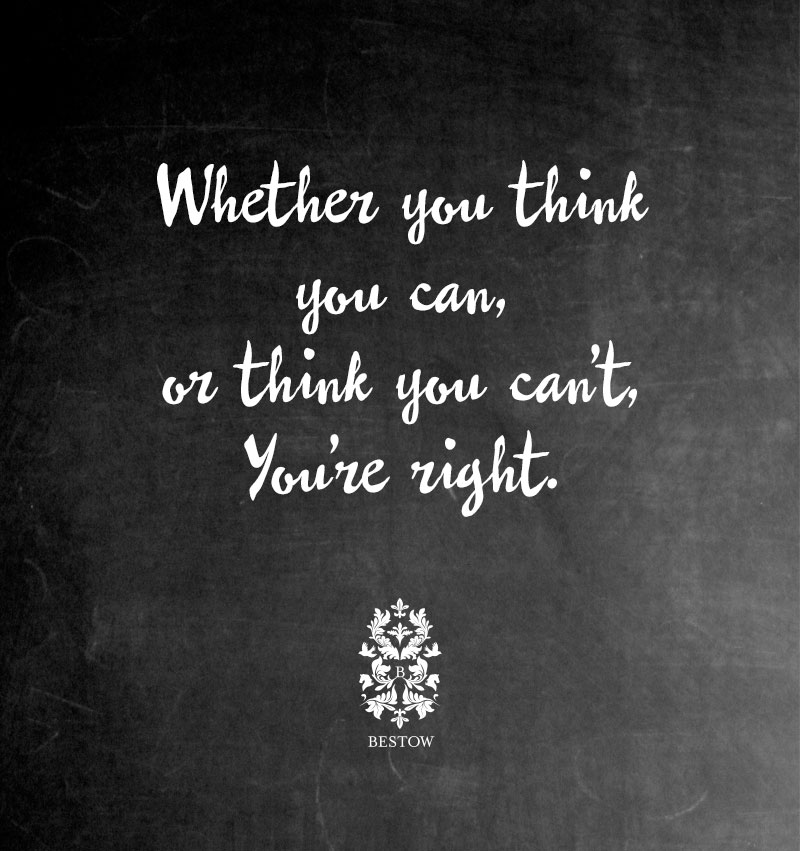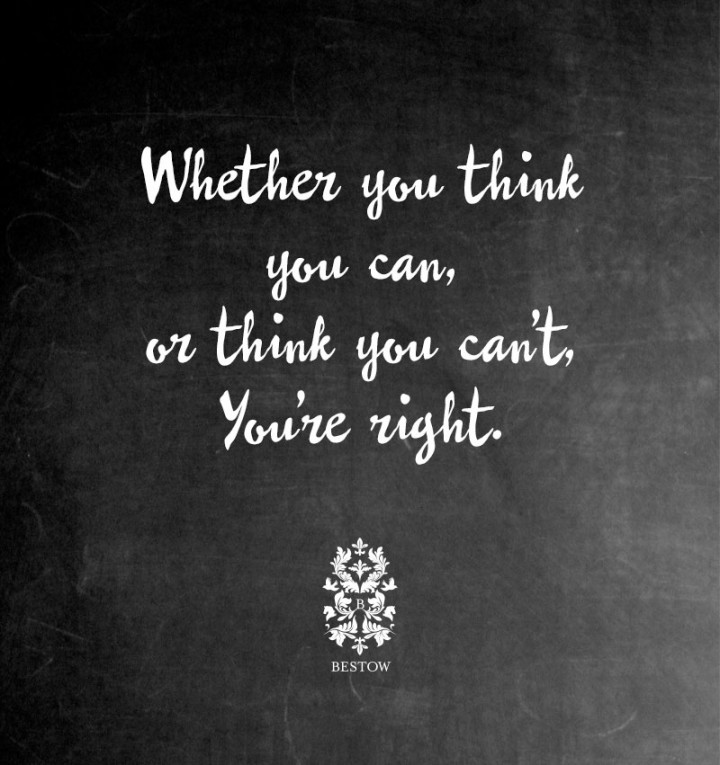
Four levels of thought
A few years ago I attended a lecture by Sharon Kolkka at the Gwinganna Health Retreat. Sharon talked about the theory of the four levels of thought and I found it such an interesting concept I thought I would pass it on.
The theory centres around the belief that there are four levels of thought. Two higher levels (pure thought and productive thought) and two lower levels (non-productive thought and destructive thought).
1. Pure thought – Joy compassion, love, peace, forgiveness, gratitude
2. Productive thought – solution orientated. “How will I work a way around this problem?”
THESE LEVELS OF THOUGHT STIMULATE THE PARASYMPATHETIC NERVOUS SYSTEM
3. Non-productive thought – Reliving situation (The Victim). “If only that hadn’t happened, I would be so much happier/healthier/better off”.
4. Destructive thought – self-criticism. “How silly of me, I am always doing that, how stupid can I be?”
THESE LEVELS OF THOUGHT STIMULATE THE SYMPATHETIC NERVOUS SYSTEM

As you can imagine our minds can spend a certain amount of time each day within each thought level but often we are not aware of this. So the first step in the process of seeing how this works for you is to carry out a ‘Thought Audit”.
Take a day to observe what thoughts and conversations are in your mind. See if you can work out the percentage of time you spend in each ‘level’ over that period of time.
The interesting thing is that the different thought levels effect our bodies physically in different ways. The two upper levels of thought encourage our bodies to be in the parasympathetic nervous system, which is your rest and repair mode. Conversely the lower two levels of thought encourage our bodies to be in the sympathetic nervous system, your flight and fight or stress mode which is not ideal as in the modern world our bodies spend too much time in this stage. Also, in these lower levels of thought your body will find it very hard, if not impossible, to produce serotonin, your happy hormone, making it even harder to think positively and reach those higher thought levels.
So edit your thoughts and become aware when you enter those lower thought levels. Stop the negative thoughts in their tracks and counteract them with some positive affirmations. A helpful tool is doing a gratitude exercise. Start or end your day by listing all the things you are grateful for and this will open your mind and relax your body. Another helpful tool is making a glory board. What are all the things you have done that you are proud of?
These little tricks can help you send more time in the higher levels of thought and are ultimately more kind to your body.

